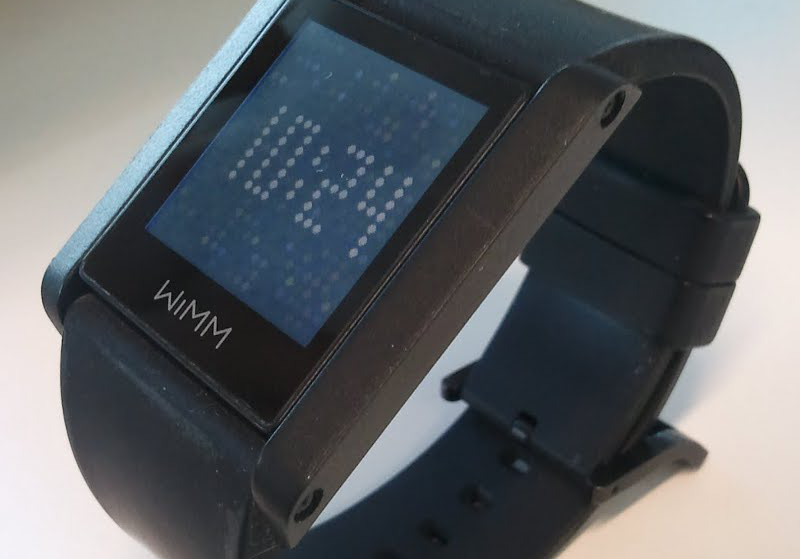With the popularity of wearable devices such as Fitbit and Apple Watch, there is no denying that wearable technology has gone mainstream.
The development of innovative wearable technologies has also raised great interest in new ways of data collection in healthcare and biopharmaceutical research and development. Timing and accuracy of data are key components to the efficiency, speed, and therefore overall costs of operating a clinical trial.
Related Parexel Announces Mobile Technology and New Wearable Device for Clinical Trials
However, in clinical trials, an ongoing challenge is obtaining timely and accurate data from participants. Even in highly incentivized clinical trials, researchers sometimes find it hard to get participants to travel to clinical sites for testing and to report accurate data manually.
Consumer wearable devices offer a great opportunity to efficiently and timely collect data from participants.
Wearable devices such as Apple Watch, enable consumers to passively track their health data around the clock, even when they are sleeping, ensuring the timeliness and accuracy of the information. With growing consumer adoption and the level of engagement they deliver, wearable devices are changing the way clinical trials are conducted, reports Healthcare IT News.

While wearable devices may not be in the saddle for widespread use in clinical trials, there are several wearables and applications that augur well for their future use. The US Food and Drug Administration (FDA) recently cleared the MotionWatch and Pro-Diary accelerometer devices for use in clinical trials. These devices work the same way as consumer wrist-wearable devices to monitor and record physical movement. The Pro-Diary also has the added function of asking participants questions, replacing the need for written journal entries.
By collecting accurate data from participants any time of day while they are doing any type of activity, wearable devices not only benefit researchers during every phase of the clinical trial, but also the participants, as it would deliver more consistent and higher-resolution data for researchers. Researchers can analyze this data to produce more valuable insights into individual and population trends over time.
For trial participants, they would not have to deal with going to healthcare facilities as often to allow clinicians to assess their progress, nor would it be as intrusive to gather regular readings throughout the day of the participants. Instead, the wearable device would allow the data to seamlessly flow from the participants’ body directly to the clinical-research team.
Related BioSensics Launches Digital Platform for Clinical Trials
While the future of wearable technology in clinical trials isn’t clear, we can assume that their correct execution in clinical trials could generate both cost savings and more data than researchers ever imagined possible. Proper implementation of wearable devices could bring in accurate and inexpensive data while at the same time improve patient experience. With big companies like Apple and Samsung investing in wearable technology, it seems likely that wearable devices will play a crucial role in clinical trials in the future.












